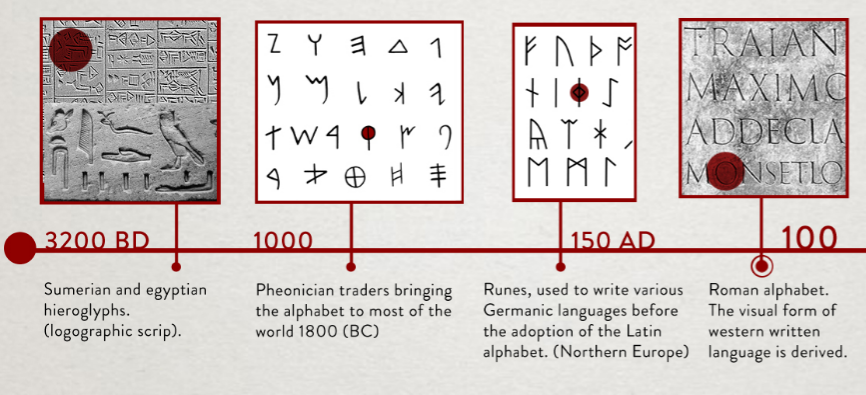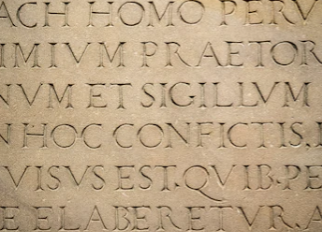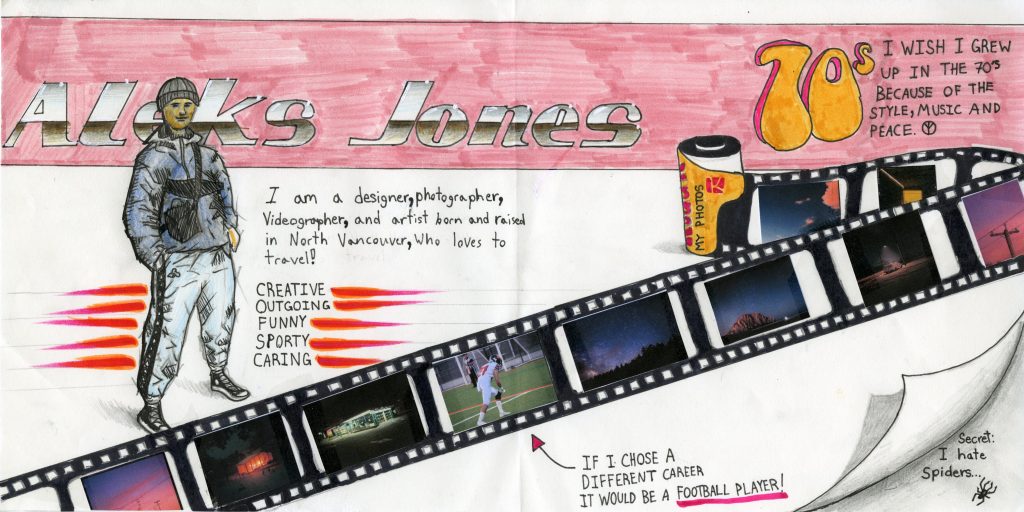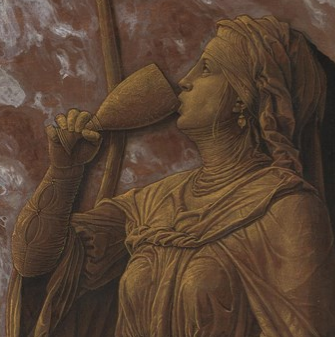High Renaissance & Mannerism
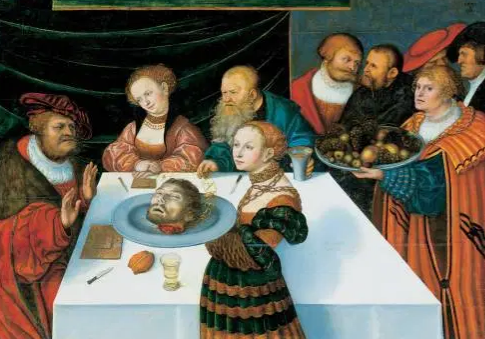
https://ferrebeekeeper.wordpress.com/2011/06/09/cranachs-obsession-with-severed-heads/
Lucas Cranach the Elder was a German painter and printmaker known for his portraits of German royalty, along with biblical scenes that portray semi-erotic nudes. Cranach’s used a fair amount of dark outlines and arabesque forms. This focus on strong contrast is brought to life through his concentration on woodcuts and engravings, rather than chiaroscuro or modeled color.
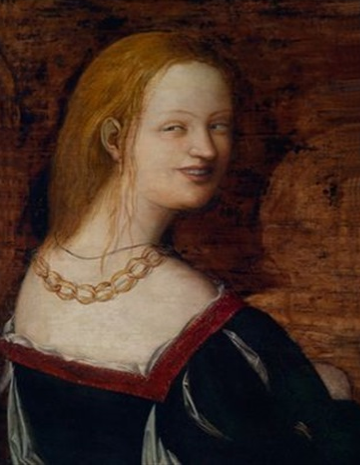
http://www.artnet.com/artists/lucas-cranach-the-elder
What caught my attention to do some research on Lucas Cranach was one of his portraits titled “Bildnis einer lachenden jungen Frau“, which is oil on wood. When I first saw this painting, the first thing I noticed was the woman’s cheeky smile. I thought this was interesting because I haven’t seen any other portraits where the individual is smiling during this period of time. To me, this smile makes the portrait much more interesting because it produces much more emotions rather than simply a blank face. The immediate question I get from this painting is what is she smiling about?
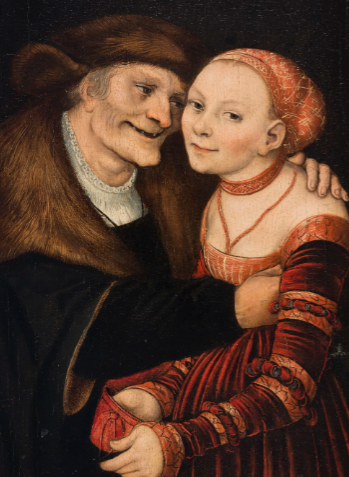
https://www.museunacional.cat
The earliest of his existing works date from about 1502 when he was 30 years old living in Vienna. While in Vienna, he gained the attention of Duke Friedrich III the Elector of Saxony, who assigned Cranach as a painter of his court in Wittenberg. He was a part of what is known as the German Renaissance, which included his contemporaries Matthias Grünewald, Albrecht Dürer, and Hans Holbein the Younger.
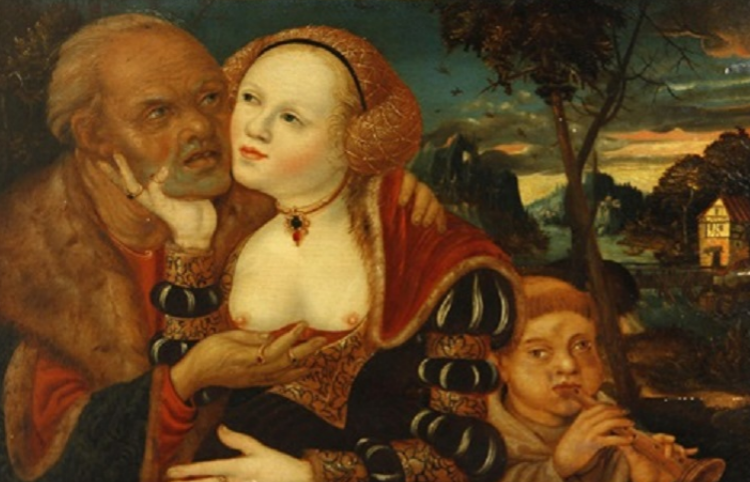
https://spokenvision.com/lucas-cranach-leading-german-master-in-the-15th-century/
Citations
“Lucas Cranach the Elder.” Artnet, http://www.artnet.com/artists/lucas-cranach-the-elder/.
“MNAC – Museu Nacional D’Art De Catalunya.” The Ill-Matched Couple | Museu Nacional D’Art De Catalunya, https://www.museunacional.cat/en/colleccio/ill-matched-couple/lucas-cranach-el-vell/065012-000.
King, Donald, and Friedrich Thöne. “Lucas Cranach, the Elder.” Encyclopædia Britannica, Encyclopædia Britannica, Inc., https://www.britannica.com/biography/Lucas-Cranach-the-Elder

